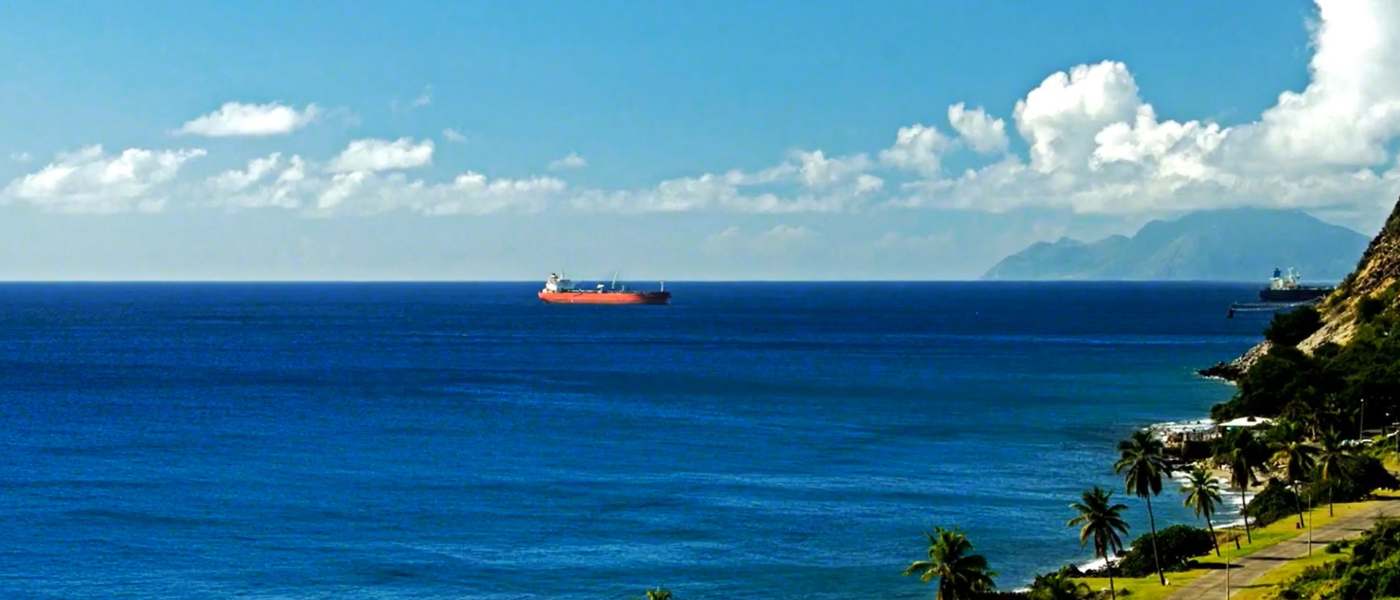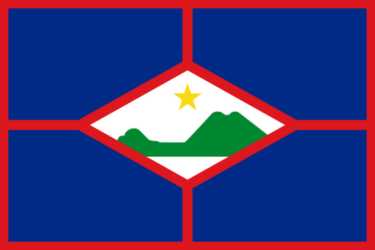

The best time to visit Sint Eustatius is from December through May, during the dry season when the skies are clear, the trade winds are pleasant, and hiking and diving conditions are ideal. Winter and spring bring slightly cooler temperatures and less humidity, perfect for scaling The Quill or diving shipwrecks in crystal-clear water.
The island remains uncrowded year-round, and even in the rainy season (June to November), rain showers are typically brief. However, hurricane season peaks in August and September, so it’s best to monitor forecasts during that time. Because Sint Eustatius is not a major cruise stop, it avoids high-season crowd surges, making it a tranquil destination any time of year for those seeking quiet nature, culture, and underwater exploration.
What is Lankayan Island known for?
Lankayan is known for its world-class diving, sea turtle conservation, and tranquil, eco-conscious atmosphere. As part of a protected marine reserve, the island is home to vibrant coral reefs, whale sharks, and over 30 dive sites.
Is the island a good destination for families?
Yes, especially for families who love nature and marine adventures. The island is safe, car-free, and peaceful, with shallow water areas perfect for kids, though older children will enjoy it most if they can snorkel or dive.
Is the island safe for tourists?
Extremely safe. The island is remote, monitored by marine authorities, and staffed by professionals who prioritize guest well-being. There’s virtually no crime on the island.
Do you need a visa to visit?
Malaysia grants visa-free entry for up to 90 days to citizens of many countries, including those from the EU, UK, US, Canada, and Australia. Always check current visa regulations based on your nationality.
What’s the best way to get to the island?
Fly to Sandakan Airport (SDK), then take a land transfer to Sandakan Yacht Club, where a 90-minute speedboat arranged by the resort will take you directly to Lankayan Island.
Should I rent a car on the island?
No — the island is car-free with no roads. Everything is connected by sand paths and wooden boardwalks, and you’ll get around barefoot or in flip-flops.
Is the island wheelchair accessible?
Partially. Some walkways and common areas are accessible, and the staff is helpful, but not all accommodations or beaches may suit all mobility needs. It's best to confirm accessibility directly with the resort in advance.
What are the island’s most famous landmarks?
The Lankayan House Reef is a top attraction, along with the turtle hatchery, jetty sunset viewpoint, and vibrant coral gardens around the island. Divers especially love the artificial reef structures and small wrecks offshore.
What are the best beaches on the island?
Every beach on Lankayan is pristine. As a tiny coral island, it’s ringed with soft white sands and turquoise lagoons perfect for swimming, sunbathing, and snorkeling.
What’s unique about Lankayan’s wildlife?
Lankayan lies in the Sugud Islands Marine Conservation Area (SIMCA), so wildlife is abundant and protected. You’ll find nesting sea turtles, reef sharks, seahorses, manta rays, nudibranchs, and even whale sharks during peak months. On land, monitor lizards, hermit crabs, and birds roam freely.
What traditional foods should you try?
Meals are served buffet-style with Malaysian, Chinese, and Western fusion. Try Sabahan seafood, rendang (spicy beef stew), roti canai, pineapple curry, and banana fritters for dessert.
Can you drink tap water?
No, tap water isn’t drinkable, but the resort provides filtered and refillable drinking water. Bottled water is also available if preferred.
What’s the nightlife like?
Nightlife is minimal and nature-focused. Expect peaceful evenings under the stars, night snorkeling, turtle hatchling releases, or simply sipping a cocktail on your deck listening to the ocean.
How can I stay connected to the internet?
Wi-Fi is available in the resort’s lounge area, but connectivity is limited. Most visitors embrace the digital detox and disconnect for a more immersive nature experience.
What souvenirs should you bring home?
There are no shops on the island, but you can find souvenirs like handcrafted turtle carvings, bead jewelry, and eco-merch in Sandakan before or after your island stay. Your best souvenir, though, will be the memories and photos.
